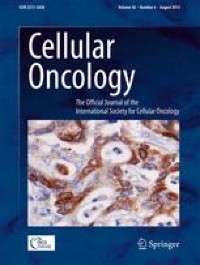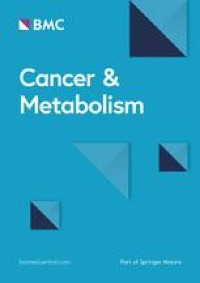Abstract
Background
Glioblastoma (GBM) is a highly malignant brain tumor with poor survival and prognosis. Randomized trials have demonstrated that chemotherapy improves survival in patients with GBM. This study aims to examine the clinical characteristics that are potentially associated with the efficacy of chemotherapy and the risk factors of GBM.
Methods
A total of 25,698 patients diagnosed with GBM were identified between 2004 and 2015 from the Surveillance, Epidemiology, and End Results (SEER). The clinical and demographic variables between groups were examined by Student's t-test and Pearson's chi-square test. GBM-specific survival (GBMSS) and overall survival (OS) were evaluated using the Kaplan-Meier method with the log-rank test. Univariable and multivariable analyses were also performed using the Cox proportional hazards model to identify statistically significant prognostic factors.
Results
Patients who received chemotherapy had better overall survival (median OS 13 vs. Three months, HR = 1.9224, 95%CI 1.8571–1.9900, p < 0.0001) and better GBMSS (median GBMSS of 12 vs. Three months, HR = 1.9379, 95%CI 1.8632–2.0156, p < 0.0001), compared to patients who did not. Further subgroup analysis revealed that among patients who underwent chemotherapy, those who were younger, with a supratentorial tumor, received surgery, or radiotherapy had both improved OS and GBMSS. Age, race, tumor location, tumor size, and treatments were identified as independent prognostic factors by multivariable analyses for patients with glioblastoma.
Conclusion
Patients with GBM who were younger (< 65 years), underwent surgery, or radiotherapy can benefit more from chemotherapeutic regimens. Age, race, tumor size, tumor location, surgery, radiotherapy, and chemotherapy were factors associated with the prognosis of patients with GBM.




